It has recently been announced that David Fincher’s next film, Bitterroot, will be taking the form of an “Unforgiven-style western”, which sounds like quite an intriguing far cry from the more contemporary thrillers and dramas that he’s been mostly known for. As a director, Fincher has been responsible for some of the most acclaimed and influential films to have come out since the early 90s, including Se7en, Fight Club, Zodiac, and The Mysterious Case of Benjamin Button. His work on The Social Network even earned him his first and only Oscar win for Best Director in 2011. Some may not realize, however, that his directorial talent goes far beyond the realm of serious message-laden dramas and prestige pictures, as he’s also proven himself able to handle even simple popcorn flicks meant for pure entertainment. His classic 2002 thriller, Panic Room, illustrates this perfectly.
Panic Room has often been considered to be one of Fincher’s more underrated and underappreciated films (it never even received an official BluRay release). Even though it’s not on the same Oscar-worthy level as his other works, one of the most entertaining aspects about it is that it isn’t trying to be. It was a film that allowed Fincher to just have fun with a simple premise and allow his film-making sensibilities to be utilized in a way that they hadn’t necessarily done before. More than two decades later, the film still holds up quite well and there’s quite a bit to still admire about it. Seeing how one of its stars, Forest Whitaker, almost wound up directing it instead, however, it could’ve turned out to be a completely different movie.
The Story of David Fincher’s Panic Room
The Film Portrays a Mother and Daughter Facing a Terrifying Home Invasion
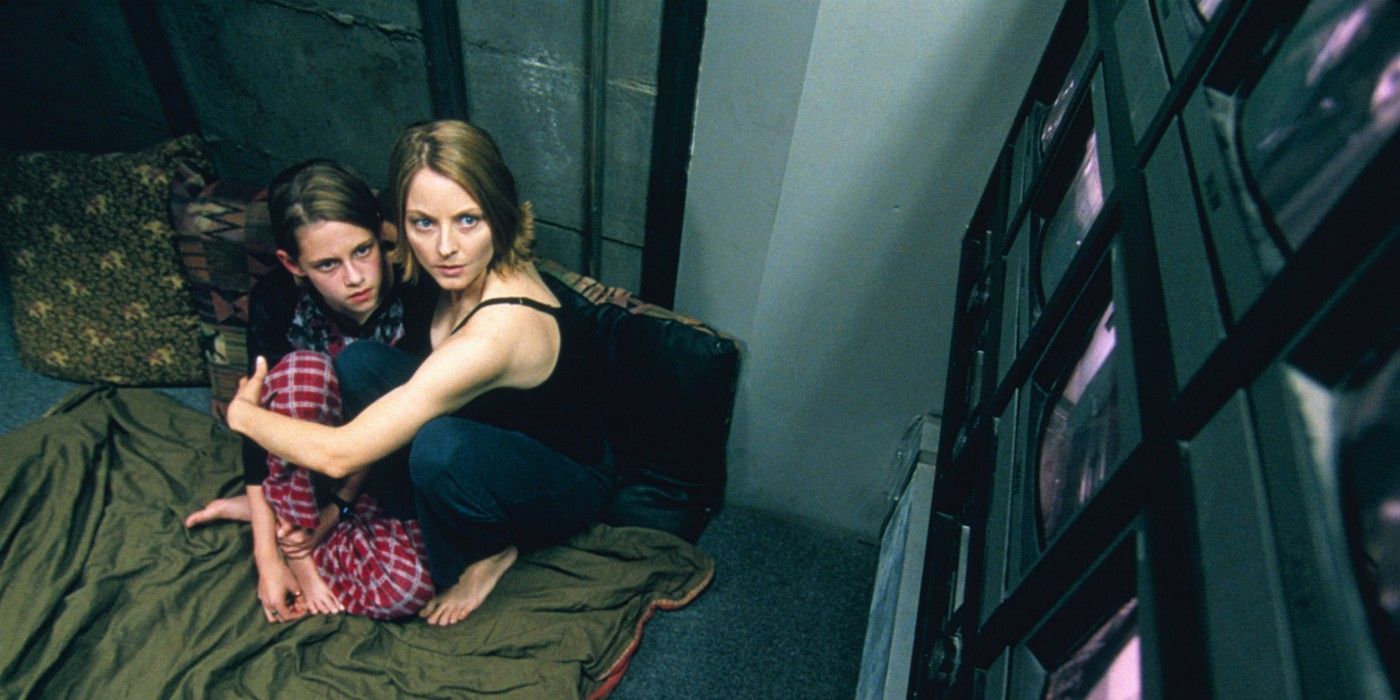
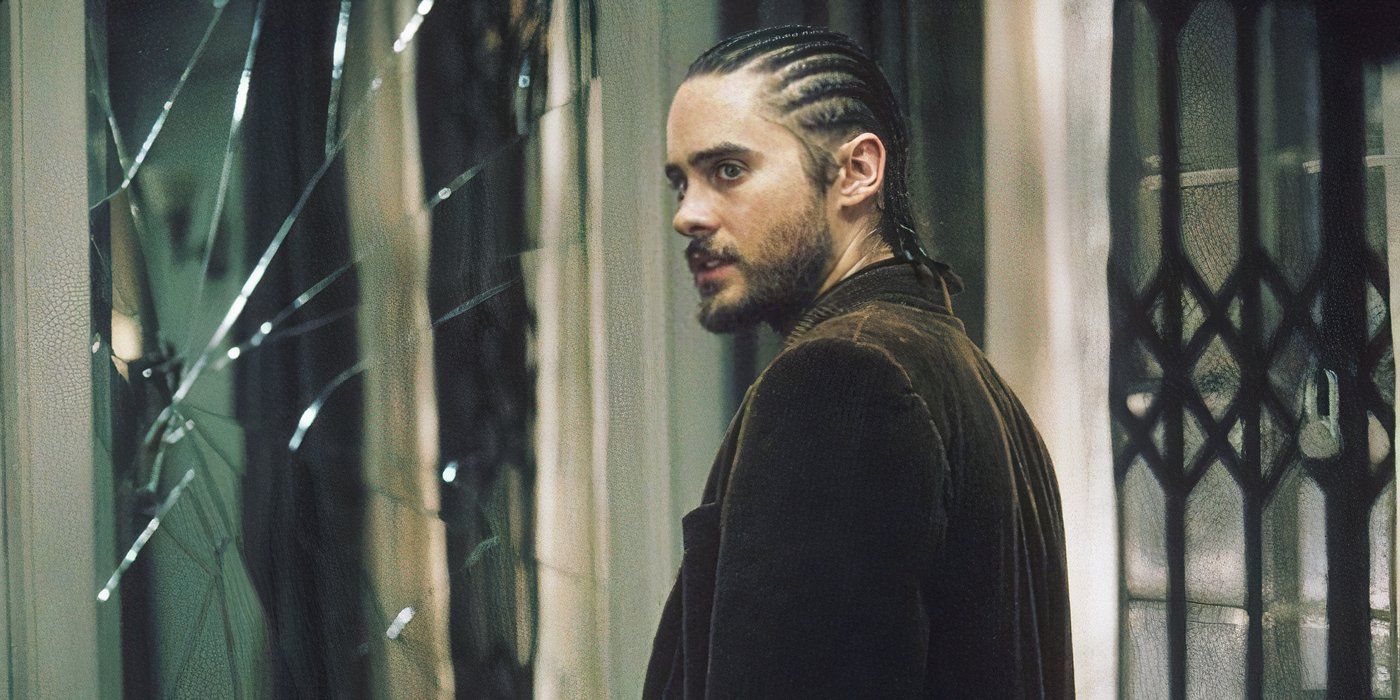
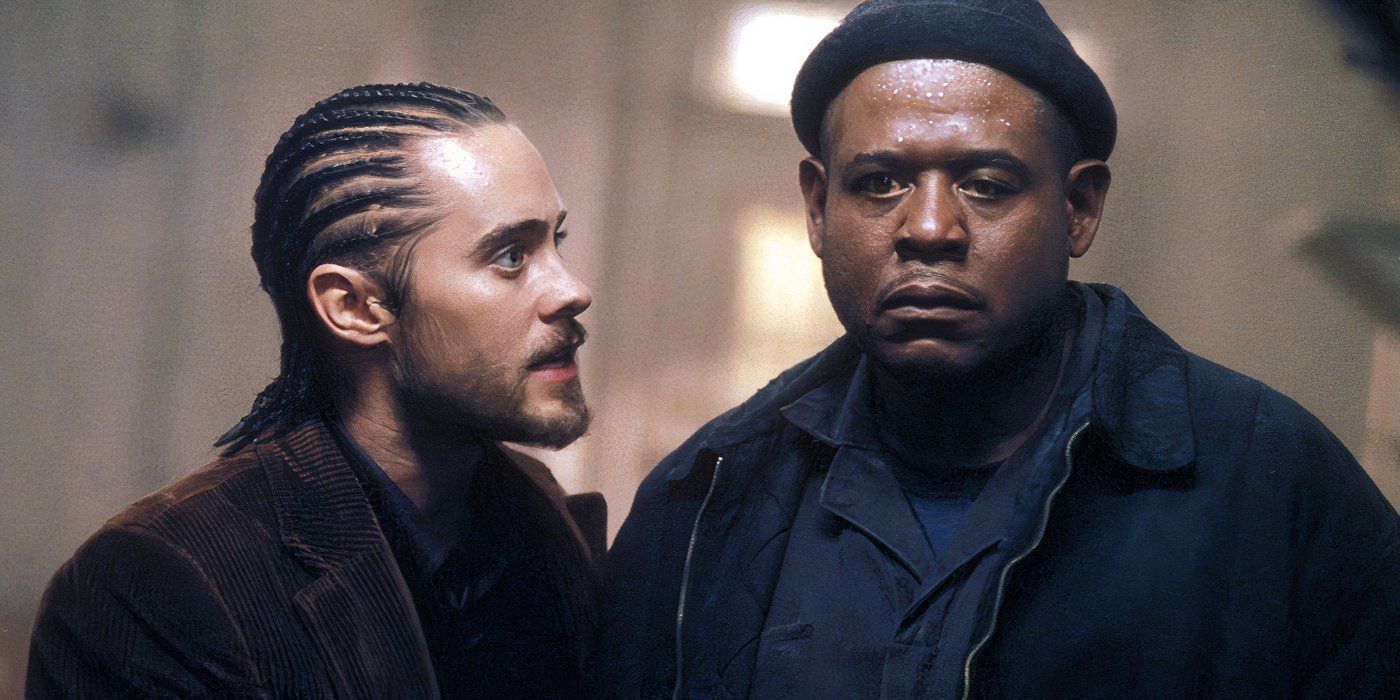
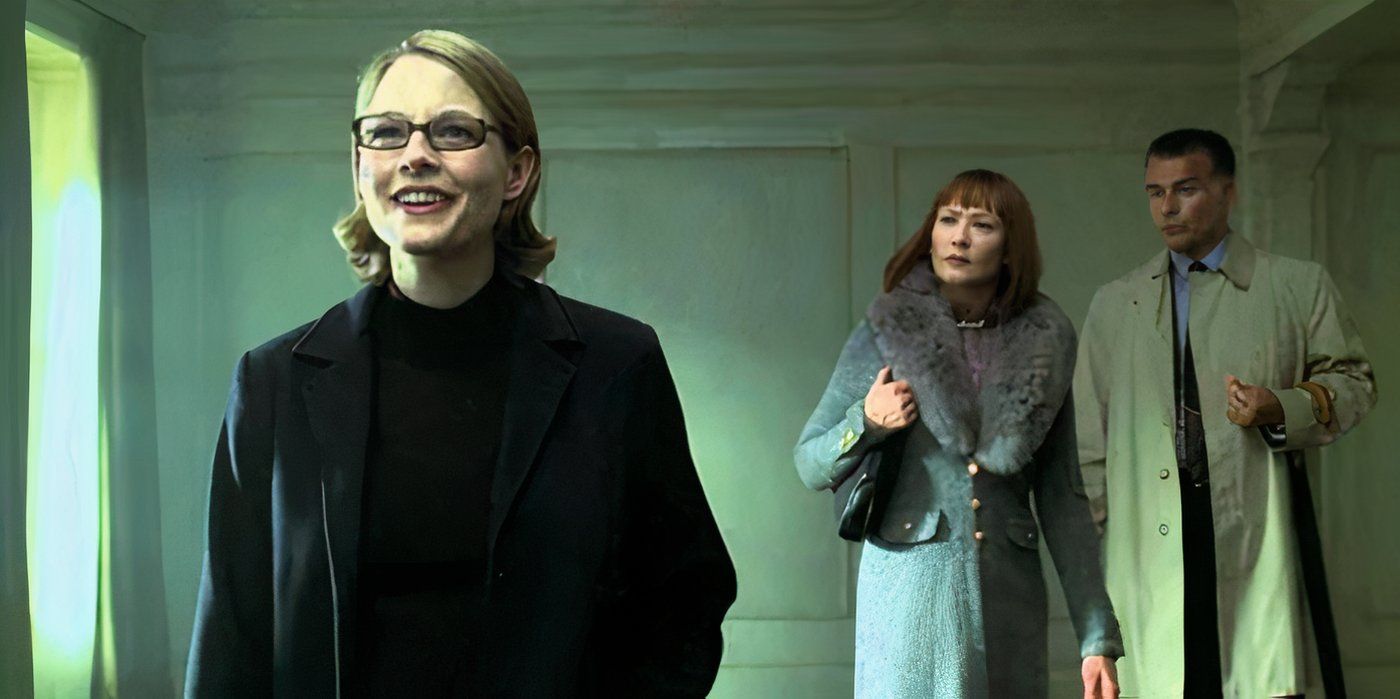




Taking place within the Upper West Side of New York City, Panic Room tells the story of Meg Altman (played by Jodie Foster), a recently divorced mother who moves into a new four-story townhouse with her daughter Sarah (played by a young Kristen Stewart). One of the most curious and impressive features of this new home is the fact that it’s built with a panic room to protect the home’s occupants from intruders. Built and reinforced with concrete and steel, the room is stocked with all the necessary survival essentials and even has a phone line to the police as well as a camera feed linked to numerous security cameras around the house. The mother and daughter duo quickly flee to the safety of the panic room when a group of criminals breaks into their residence. They’re forced to further test the safety and security of the room, however, when it’s revealed that what the robbers are really after is inside it.While Foster and Stewart lead an impressive supporting cast with the likes of Oscar winners like Jared Leto and Forest Whitaker, and even country singer Dwight Yoakam, the real star of Panic Room is undoubtedly Fincher himself. From the way he works with the camera to the performances he gets from his actors, he made a highly engaging and thrilling film out of such a simple premise. It almost didn’t turn out that way, however; Whitaker came quite close to taking up Fincher’s position at one point, which would’ve likely resulted in a completely different film from the one that Fincher fans know and love today.
Panic Room Had An Interesting Development Stage
Before Agreeing to Star in the Film, Forest Whitaker Declined the Chance to Direct
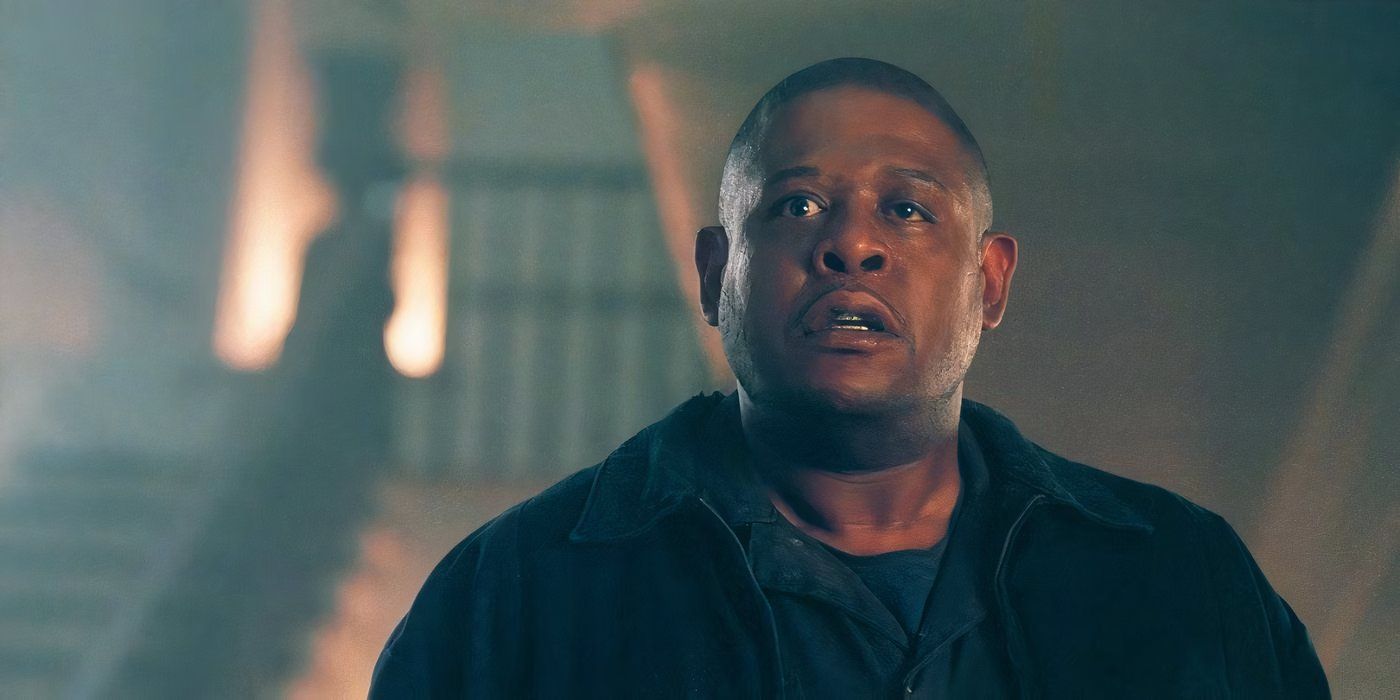
The script eventually found its way to Forest Whitaker, who had studied it rather closely and seriously considered taking up the director’s chair before ultimately deciding to pass on the project. Having agreed to take on the role of Burnham, it seemed that he still had a great amount of faith that the movie would turn out great, and still wanted to be a part of it, just as long as he wasn’t the one directing. Given his previous work as a director, that decision was arguably for the best. At that point, Whitaker had already proven himself to be just as talented behind the camera as he was in front of it. It’s important to note, however, that looking at his directing credits, he’s a director who excels at making movies of a very specific set of genres, and it’s more than likely that Panic Room would’ve been far outside his wheelhouse.
The Effectiveness of Panic Room is All Thanks to David Fincher
More Than Two Decades Later, The Intensity of The Director’s Vision Still Holds Up
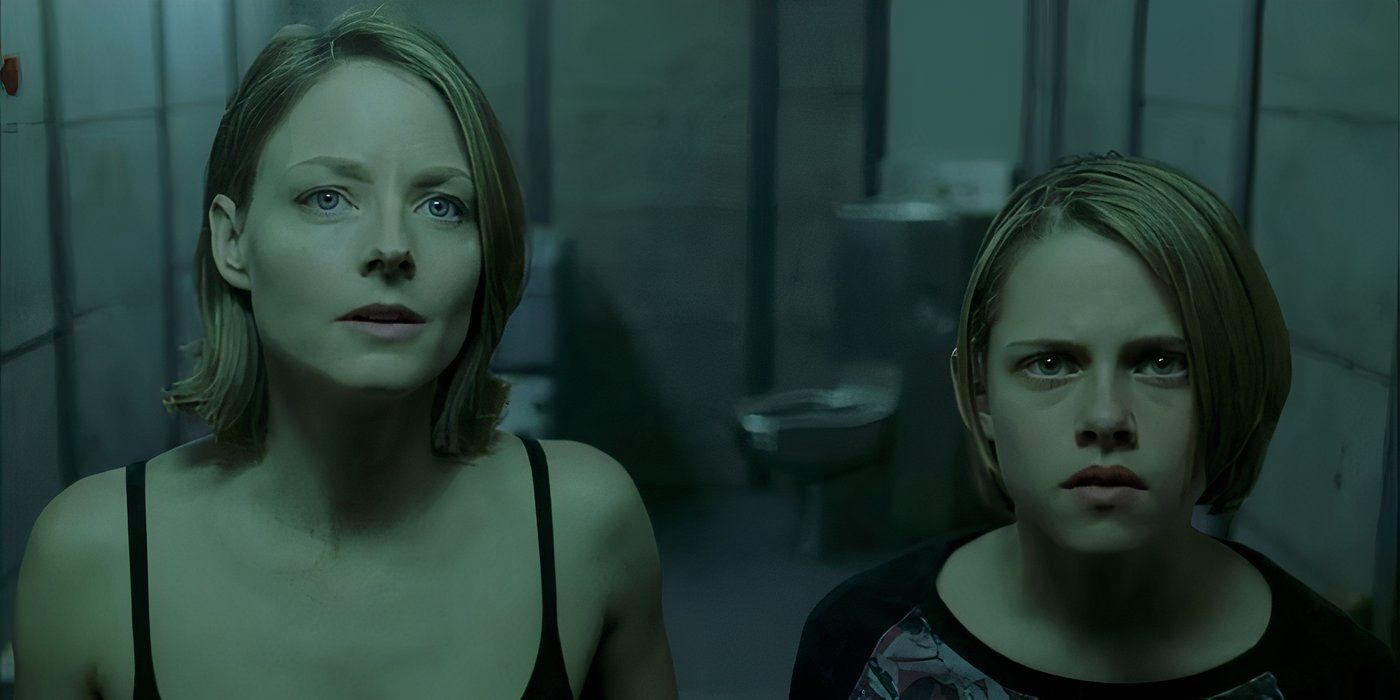
Despite the film’s simple premise, with the help of cinematographers Conrad W. Hall and Darius Khondji, Fincher managed to elevate it into something greater. From numerous well-framed shots and fluid camera movement (especially a particular long take through the house as the burglars attempt to break in), the film creates a sense of entrapment and immediate urgency for the audience to get easily invested in. Unlike many of Fincher’s other films, there is no deeper meaning to the conflict between the characters or big ideas meant to stimulate the audience on an intellectual level; but the fact that it isn’t even trying to be like any of those other films works well to its advantage. It’s a simple straight-up thriller that only carries an even simpler intention to thrill and entertain those who paid the price of admission. Looking at Fincher’s impressive filmography, it’s easy to get wrapped up in how memorable his films like Fight Club and Se7ven still are; but for anyone looking for an uncomplicated good time of a thriller, Panic Room is one Fincher flick that’s more than worth their time.




